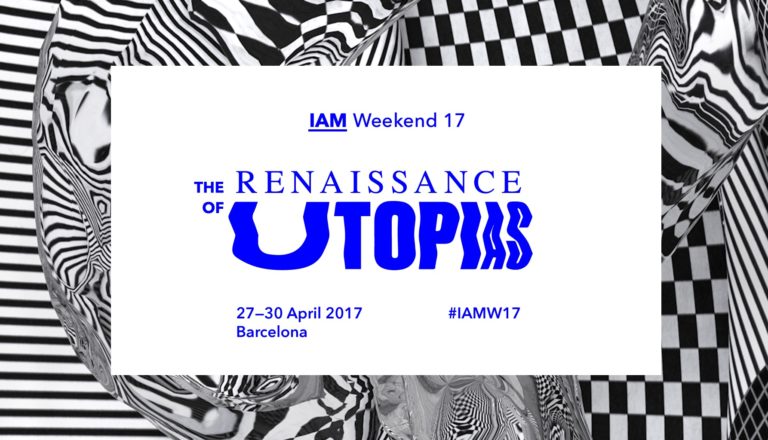
The third edition of IAM’s yearly gathering for internet people, themed around The Renaissance of Utopias, using utopias as a tool to imagine better futures and navigate the complexity and uncertainty of our times.
Displaying search results
16 Results
The third edition of IAM’s yearly gathering for internet people, themed around The Renaissance of Utopias, using utopias as a tool to imagine better futures and navigate the complexity and uncertainty of our times.
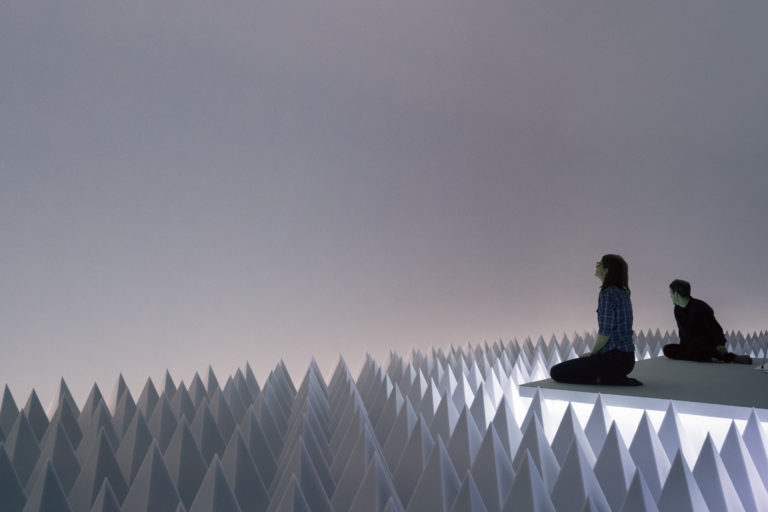
PSAD Synthetic Desert III is a (semi) anechoic chamber that endeavors to emulate the silence and emptiness of the Northern Arizona desert. Initially conceived by the American artist Doug Wheeler in 1968, the project was finally realized at NYC’s Guggenheim last week as part of the Panza Collection Initiative.
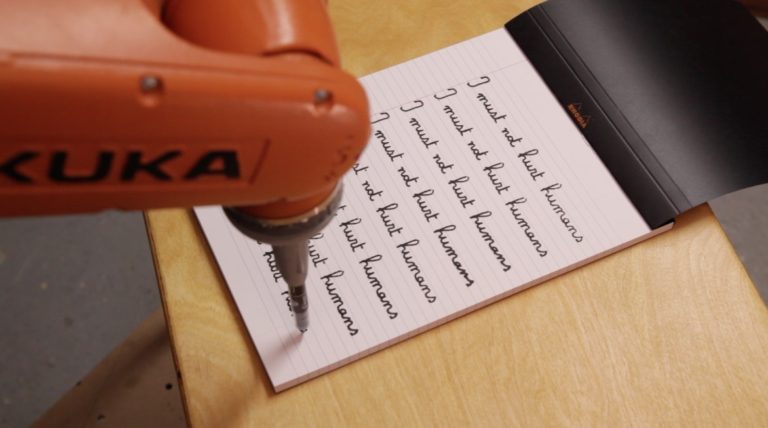
Created by Filipe Vilas-Boas and Paul Coudamy, The Punishment is an installation in which a robot executes a preventive punishment for its possible future disobedience in reference of Isaac Asimov’s Three Laws of Robotics.
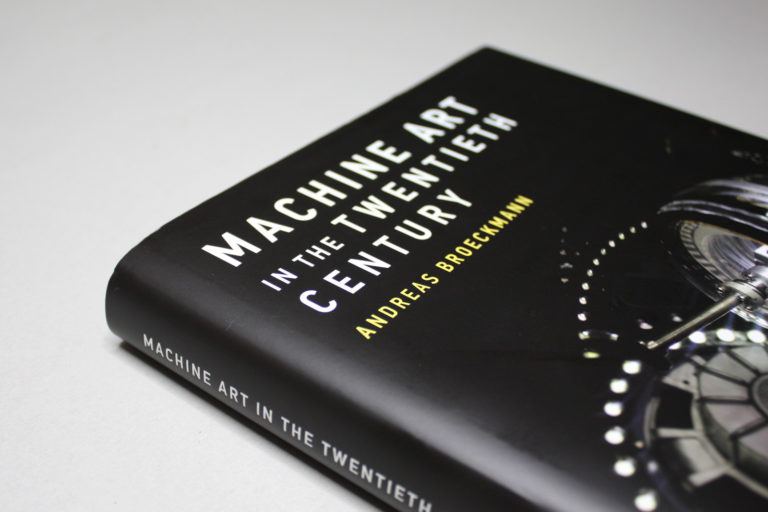
Machine Art in the Twentieth Century is a recent MIT Press-published book by Andreas Broeckmann exploring ‘machinic’ art-making. CAN weighs in with a review of this survey of moments, movements, and key figures spanning futurism to the present day.
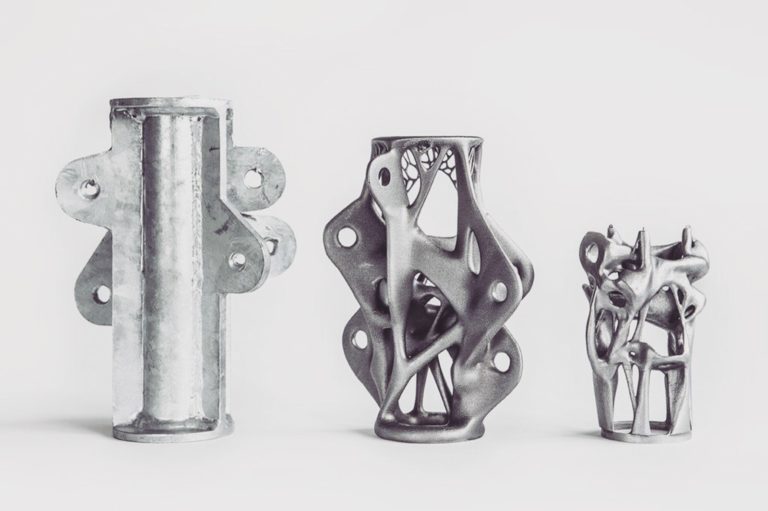
Unhanded was a symposium about ‘making under the influence of digitalism’ that took place in Ottawa last September. CAN was on hand to facilitate one of the discussions, and to mark the publication of the videos online we offer some highlights and thoughts on the proceedings.
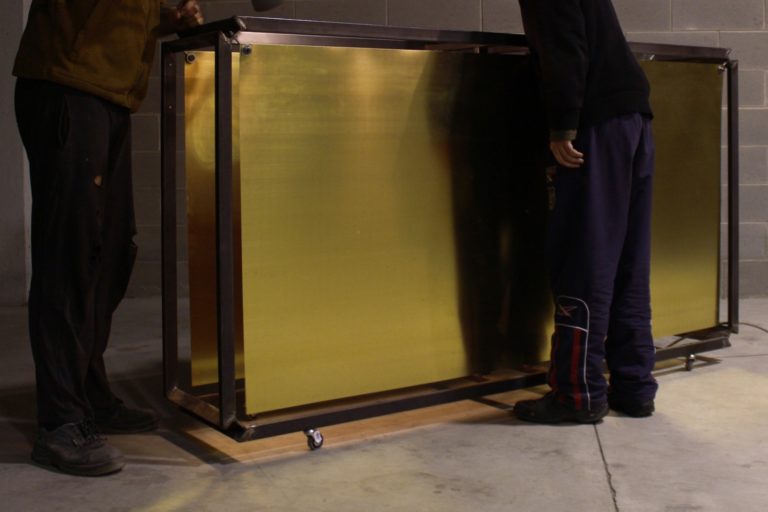
Created by Matteo Crivella, Markov Decisions is a generative audio system that combines random processes and sonic behaviours of matter. Data is created in Pure Data that drives the instrument through voice coil actuators putting the sheet of brass under stress and generating a tensional field in which the metal changes from one vibrating state to another, in relations to the input and its physical properties (mass, elasticity, morphology).
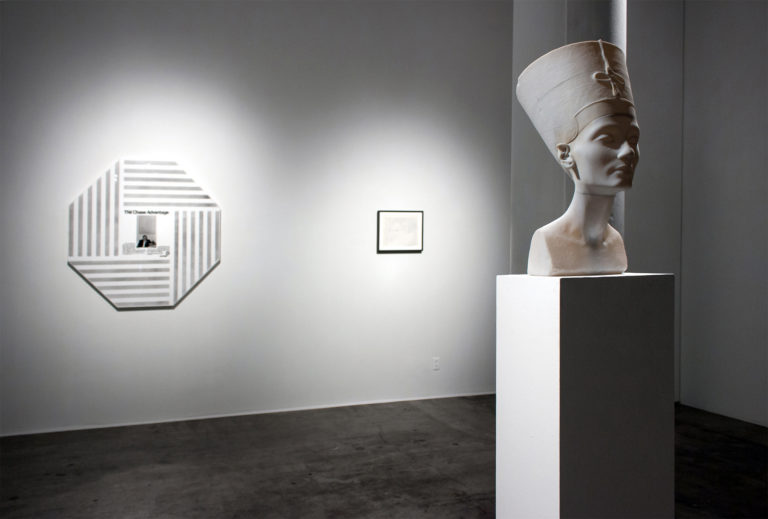
“Evidentiary Realism” is an exhibition that delves into the aesthetics of sites of inaccessibility, incarceration, and intrigue. CAN’s NYC correspondent Dylan Schenker ponders the Paolo Cirio-curated show, which emerges from the collaboration of NOME and the Fridman Gallery.
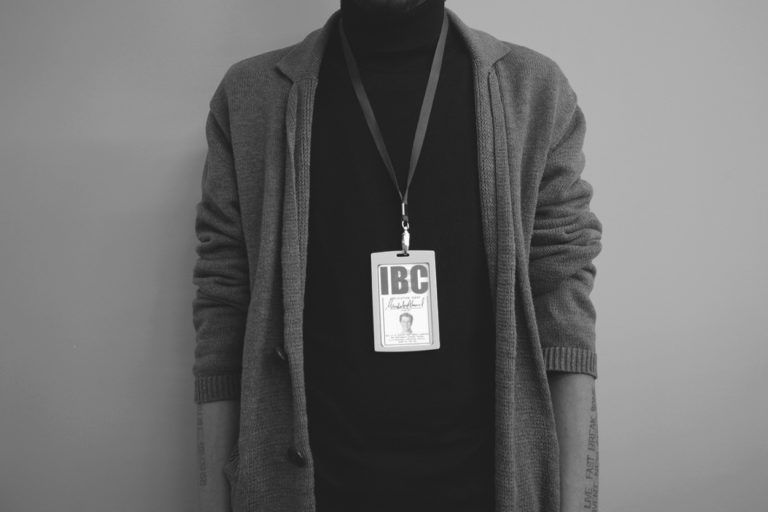
Created by Saurabh Datta, border_ctrl explores future government agency, created to keep tabs of internet browsing of individuals. To keep a healthy control of one’s online activities, Internet Border Control[IBC] runs a daemon on individual’s computers.
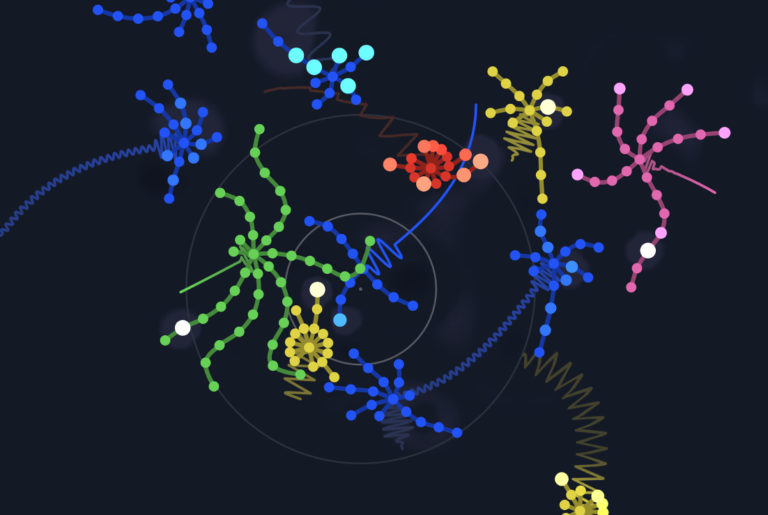
What if tweaking rhythm and melodic loops was like editing DNA? This is the question at the heart of Seaquence, a new iOS app by Okaynokay where you populate a Petri dish with ‘creatures’ that visually represent their sonic properties. A bold step away from conventional interface paradigms, it blends notions of tool, instrument, and game into something new and distinct.
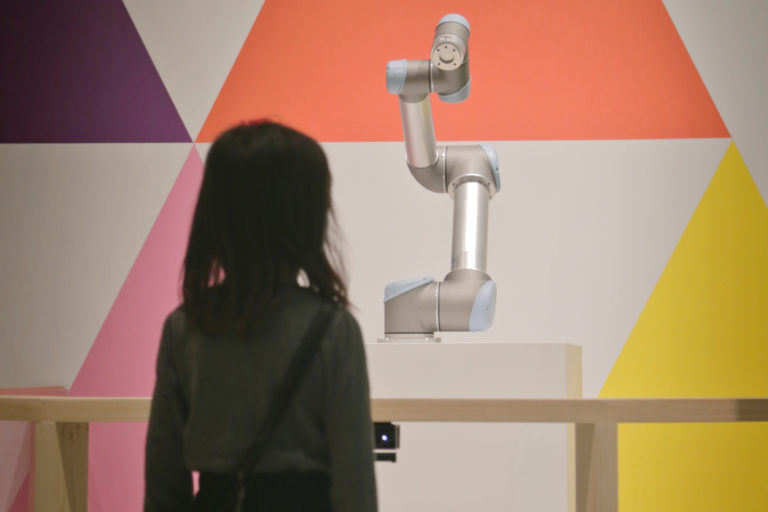
A project by Design I/O for TIFF Kids International Film Festival’s interactive playground digiPlaySpace, Mimic brings a UR5 robotic arm to life and imbues it with personality. Playfully craning its neck to get a better look, arcing back when it is startled – it responds to each child that enters its field of view.
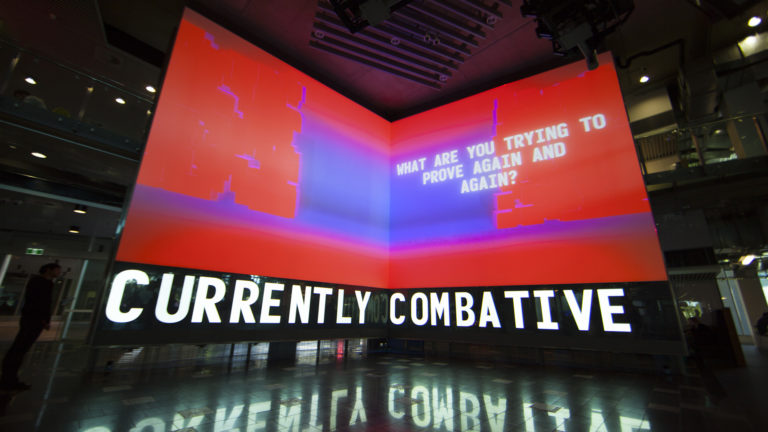
Created by Lauren McCarthy, “The Changing Room” installation invites participants to browse and select one of hundreds of emotions, then evoking that emotion in them and everyone in the space through a layered environment of light, visuals, sound, text, and interaction exhibited over a multi-level, many-sided display.
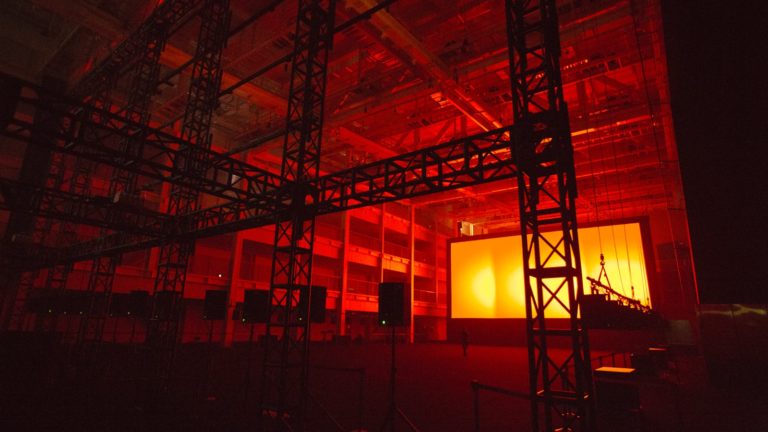
Ryoichi Kurokawa sets out a new phase of his use of space with light and sound, and how different mediums can be merged in space and time as single unit. node 5:5 fills the ACC in Gwangju, South Korea with mesmerising abstract information and imagery, intoxicating the viewer in an unforgettable visual, auditory and spatial experience.
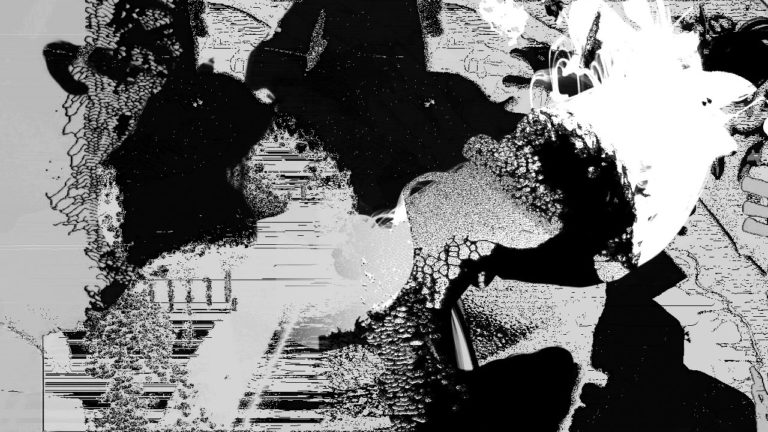
Created by the visual artist Palmer Eldritch aka Denial of Service, “Onryō” is the latest in the series of audio/video releases that combines tech-noir chaos with reaction-diffusion sequences created in Max/Jitter, courtesy of Paul Fennell.
Creativeapplications.Net (CAN) is a community of creative practitioners working at the intersection of art, media and technology.
Join us today by becoming a Member.
• Archive: Access thousands of projects, scores of essays, interviews and reviews.
• Publish: Post your projects, events, announcements.
• Discuss: Join our Discord for events, open calls and even more projects.
• Education: Tutorials (beginners and advanced) with code examples and downloads.
• Jobs Archive: Find employers who have recruited here in the past (over 1,000 jobs).
• Discounts: Special offers and giveaways (events, books and media).
• Ad-Free Reading: No advertisements or banners of any kind.
• Studios/Organisations: Read more about benefits here.